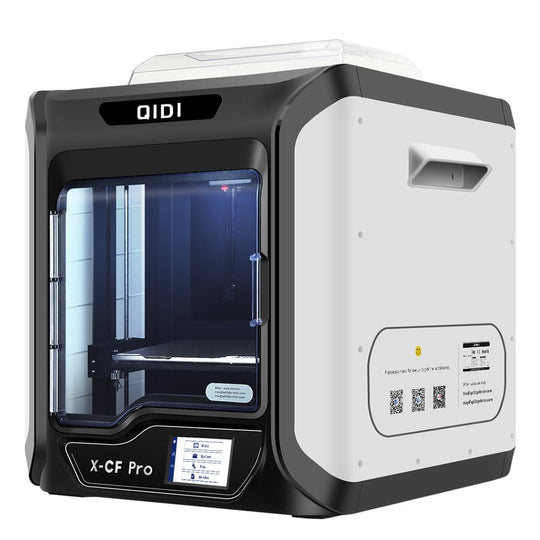Unlocking the Secrets of FDM 3D Printing: What You Need to Know!
Fused Deposition Modeling (FDM) is a revolutionary 3D printing technology that has transformed the way we approach manufacturing and prototyping across various industries. As one of the most accessible and widely used methods of 3D printing, FDM allows users to create complex geometries with relative ease and efficiency. This article aims to provide you with a comprehensive understanding of FDM technology, its applications, benefits, and limitations, equipping you with the knowledge to make informed decisions about its use. Whether you're an enthusiast, a professional, or simply curious about the world of 3D printing, you'll find valuable insights that can help you navigate this dynamic landscape.

Understanding FDM Technology
At its core, Fused Deposition Modeling (FDM) is a 3D printing process that builds objects layer by layer by extruding thermoplastic materials through a heated nozzle. The material is deposited in precise patterns, following the design created in 3D modeling software. Unlike other 3D printing technologies, such as stereolithography (SLA) or selective laser sintering (SLS), FDM primarily uses thermoplastics, which are available in various forms, including filaments. This method is particularly appealing for its simplicity and efficiency, making it a popular choice among both hobbyists and industrial users. The FDM process is characterized by its ability to produce durable parts, making it suitable for functional prototypes and end-use products.
How FDM Works
The FDM printing process begins with a 3D model designed using computer-aided design (CAD) software. Once the design is finalized, it is sliced into thin horizontal layers using slicing software. This software generates the G-code, a set of instructions that guides the 3D printer during the printing process. The printer then heats the thermoplastic filament and extrudes it through a nozzle, depositing material layer by layer on a build platform. As each layer cools and solidifies, the next layer is added on top, gradually creating the final object. This step-by-step layering continues until the print is complete, resulting in a fully formed 3D object.
Applications of FDM 3D Printing
FDM 3D printing is utilized in a multitude of industries and fields, showcasing its versatility and effectiveness. One of the primary applications of FDM is in rapid prototyping, where designers can quickly create functional models to test and iterate their designs. In manufacturing, FDM is used to produce custom tools, fixtures, and end-use parts, reducing lead times and costs. Educational institutions also leverage FDM technology to teach students about engineering and design principles, fostering creativity and innovation. Other sectors, such as healthcare, automotive, and aerospace, have also begun to explore FDM for creating specialized components and prototypes that meet specific regulatory and performance standards.
Benefits of FDM 3D Printing
The advantages of using FDM technology are numerous and compelling. Firstly, FDM is cost-effective, especially when compared to other 3D printing methods, making it accessible for individuals and small businesses. The ease of use of FDM printers allows users with minimal technical expertise to operate them successfully. Additionally, FDM offers a wide range of material options, including various thermoplastics that cater to different applications. This material diversity enables users to select the best filament for their specific needs, whether they require flexibility, strength, or temperature resistance. Furthermore, FDM's rapid prototyping capabilities allow for faster turnaround times, facilitating quicker product development cycles.
Limitations of FDM 3D Printing
While FDM technology has many advantages, it is not without its limitations. One significant drawback is that FDM-printed parts often exhibit inferior mechanical properties compared to those produced using other methods, such as SLS or SLA. The layer-by-layer construction can lead to weak points along layer lines, impacting the overall strength of the object. Additionally, the surface finish of FDM prints may not be as smooth or detailed as those created with other technologies, which can be a concern for aesthetic applications. Finally, the speed of FDM printing can be slower compared to other methods, particularly when printing complex geometries, which may affect production efficiency in high-demand settings.
Key Takeaways on FDM 3D Printing
In conclusion, understanding FDM 3D printing technology is essential for anyone looking to leverage its capabilities in manufacturing, prototyping, or education. This article has highlighted the core aspects of FDM, including its functionality, applications, advantages, and limitations. By appreciating the strengths and weaknesses of FDM, users can make informed decisions on how to best implement this technology in their projects. As the field of 3D printing continues to evolve, FDM remains a cornerstone of innovation, offering exciting possibilities for the future. Whether you're considering adopting FDM for personal projects or professional applications, the knowledge gained here will serve as a valuable starting point.








